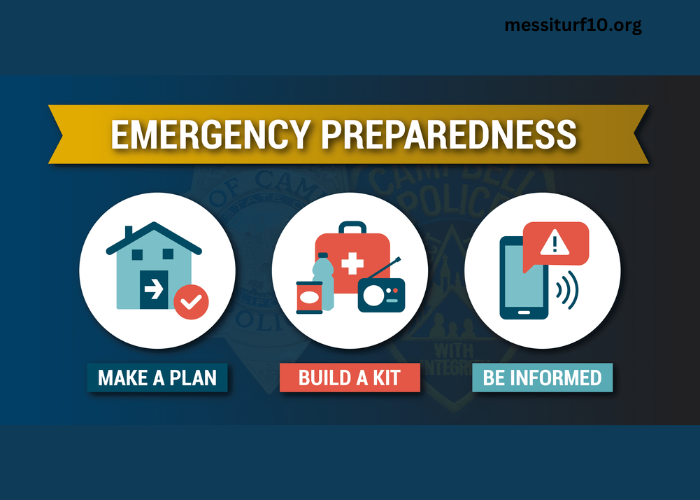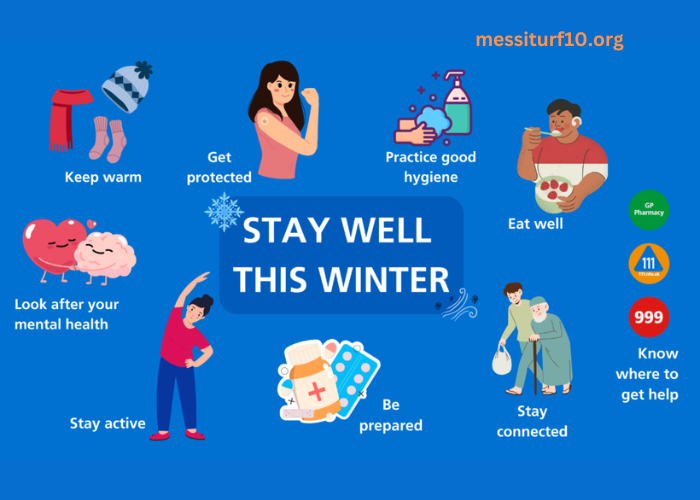Disasters don’t make appointments. Whether it’s natural calamities or human-made crises, the unexpected can strike at any time, often with little to no warning.
For homeowners and property managers, the peace of mind that comes with having a well-crafted emergency preparedness plan is invaluable.
This blog post walks you through six essential steps to ensure you’re ready for anything, providing the playbook to safeguard your property and loved ones in times of crisis.
Understanding Risks and Setting Priorities
The first step in emergency planning is understanding the specific risks that apply to your area and property. Are you located in a flood zone, an area prone to wildfires, or a region that experiences extreme weather like hurricanes or tornadoes? Assessing these risks helps define what types of emergencies your plan needs to prioritize.
Building an Emergency Preparedness Kit
An emergency kit is a critical component in any preparedness plan. It should include basic needs such as water, food, medications, and other supplies that can last for at least 72 hours. Don’t forget the importance of first-aid supplies, flashlights, and batteries, which are indispensable during prolonged power outages or when medical help is delayed.
Creating a Communication Strategy
Communication is often disrupted during emergencies. Outline a communication strategy that includes emergency contact numbers, a list of local shelters, and a plan for reaching out to family members when traditional means may not be available. Consider investing in alternatives like a hand-crank radio that can receive NOAA weather alerts.
Establishing Evacuation Routes
Know your escape routes ahead of time. The confusion and stress during an emergency can lead to chaos; thus, having a set plan for quick evacuation can make all the difference. Practice these routes with your family or tenants to ensure everyone is familiar with the quickest and safest way out.
Training and Drills
Regular training and drills are the most effective ways to prepare for an emergency. They help familiarize everyone with the preparedness plan and reduce panic in actual situations. Conduct fire drills, earthquake drills, or whatever is most pertinent to your risk assessment.
Handling Insurance and Claims
Finally, ensure that your insurance coverage is comprehensive and up to date. In the event of a disaster, you want to be sure that you can reclaim losses promptly. However, bear in mind that not all claims may be accepted.
For instance, a water damage claim denied in Fort Lauderdale might occur if due diligence wasn’t performed in maintaining the property. Hence, always review your insurance policies and consider additional coverage for areas that might leave you exposed.
Emergencies are inevitable, but being caught unprepared isn’t.
By crafting a well-thought-out emergency preparedness plan, homeowners and property managers can provide unsurpassed safety and stability even when facing the upheavals that come with disasters. Remember, preparedness starts with you, and a robust plan is the best tool to keep you ready for anything.





